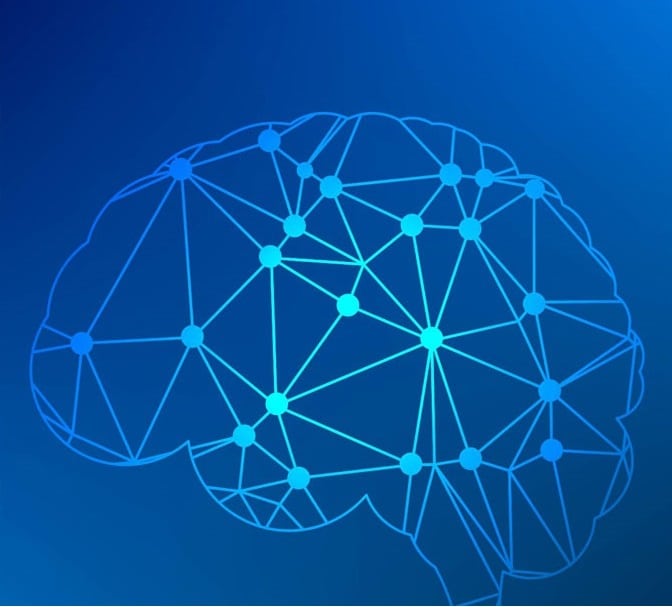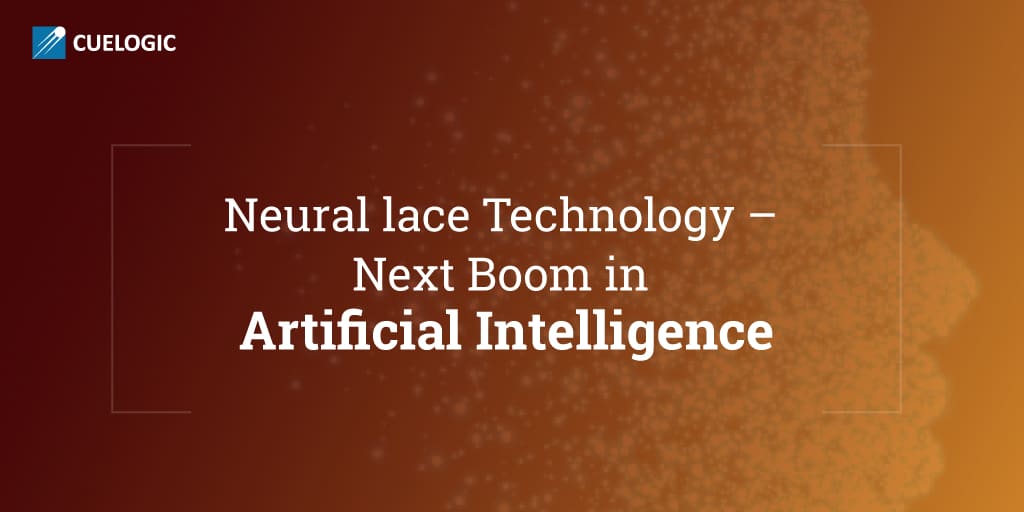Introduction:
Followed by the launching of this company called Neuralink Corp. by the Tesla founder and Chief Executive Elon Musk, there is now a new artificial intelligence technology market known as “Neural lace”. Neuralink is a medical research company which is aimed at merging the human brain with intelligent computers. Neural lace technology is expected to open the door to record everything that one see on daily basis.
As example, if we lose our keys a neural lace technology will be able to find them because it recorded where we last saw them. Furthermore, the technology is not only limited to what we see, it will also include several other sensory attributes such as tastes, smells, texture, harmonic vibration, specific gravity, texture and barometric pressure.
In 2016, US military’s Defense Advanced Research Projects Agency (DARPA) has introduced a research program called Neural Engineering System Design (NESD) which is focused toward developing an implantable neural interface, connecting human minds directly to computer.
At the moment, human-computer interfaces connect a large number of neurons at a time – somewhere between 100 and 1,000 – to a machine. Darpa is concentrating on refining the existing technology so as to connect individual neurons. This would give much finer control, reduce noise and, in theory, speed up communications between a human and a computer.

What is Neural lace?
Basically, neural lace is an ultra-thin mesh that can be implanted in the skull, forming a unit of electrodes for monitoring brain function. Neural lace technology creates an interface between the brain and the machine. In order to insert a neural lace in the brain, a tiny needle with a rolled up mesh is placed inside the skull and the mesh is injected. As the mesh leaves the needle it unravels, spanning the brain.
Over the period of time, the lace injected will be treated as a part of brain and will even move with it as it grows or if there is slight change in the size of lace.
Potential Applications of Neural lace Technology:
Healthcare sector is expected to be one of the leading adopters of neural lace technology due to its vast application scope. If a neural lace technology is able to integrate fully with human brain, this would enable doctors to cure all types of neurodegenerative diseases such as Alzheimer’s disease (AD) and Parkinson’s disease (PD) and PD-related disorders, among others that are currently very difficult to treat.
With the help of neural lace technology, it should eventually be possible to master brain-to-brain communications, control sleep patterns, record visual inputs, adjust our own chemical-brain balance, instantly reset our emotional disposition, and also intellectually perform brain-searches for the internet.
According to The Smithsonian, neural lace could be used by the US military, via the US Air Force’s Cyborg cell programme, which focuses on small-scale electronics for the performance enhancement of cells.
Key Differentiator:
For instance, if we look at healthcare sector, with the help of neural lace technology, it is possible to place a chip in the brain and release electric signals that can ameliorate symptoms of Parkinson’s disease. However, this is already been done in the past specifically for spinal cord pain, anorexia and obesity, among others.
One thing that differentiates neural lace from other existing technologies is that it has now become possible to read and write the neural code thereby providing an interface between a human brain and computer which was not feasible before.
Also Read: Role of Python in Artificial Intelligence
